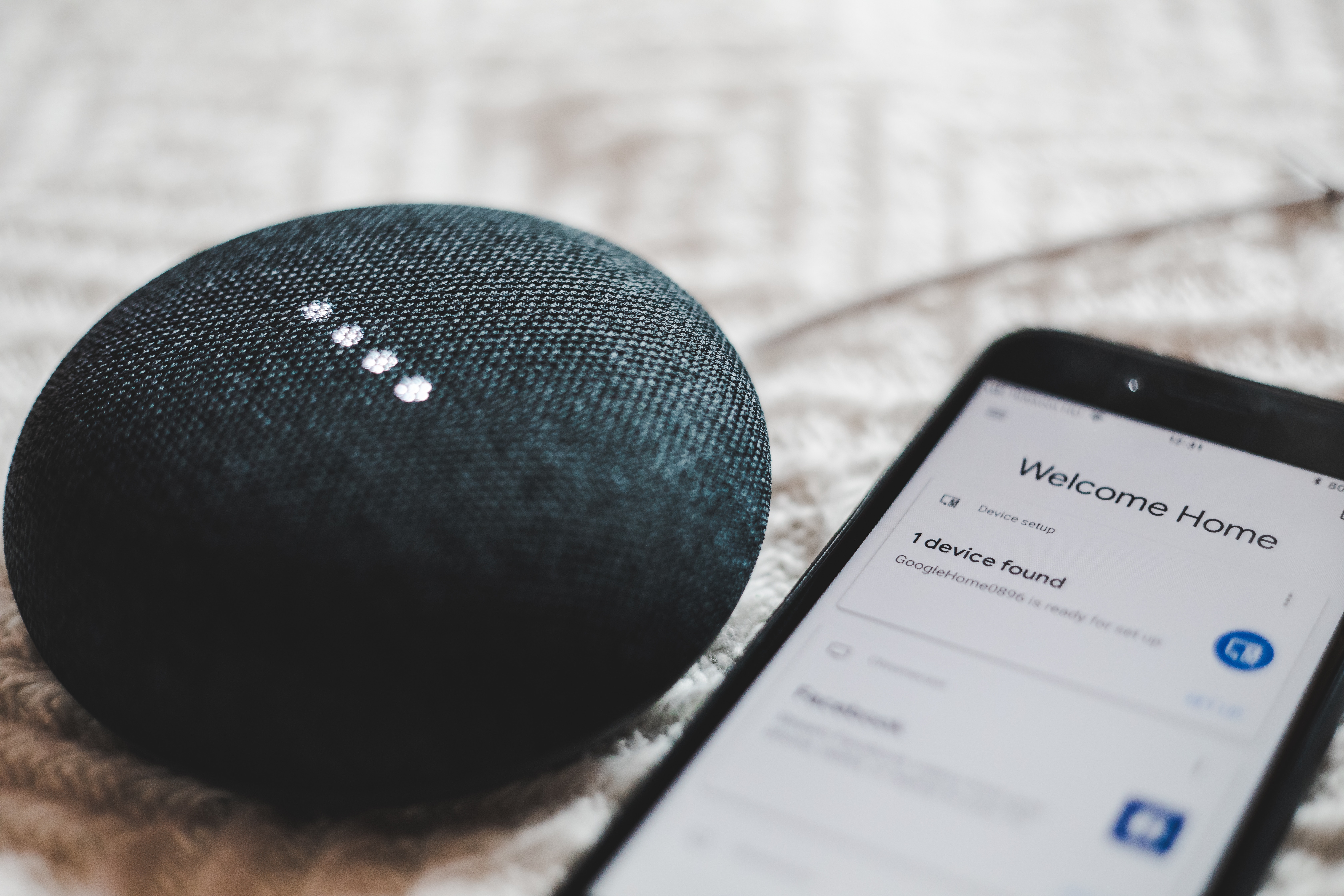Smart-home technology has become a new arena for abusers to harass their victims. It is a new form of domestic guerrilla warfare. Abusers use smartphone apps connected to internet-enabled devices to remotely control everyday objects in the victim’s residence. Some modes of operation are passive, simply allowing the abuser to watch and/or listen. Other modes display power, and are intended to invoke fear. Both forms are a crime against the victim, and cannot be tolerated.
The abuser may or may not be resident, or in or out of an ongoing relationship with the victim. It is particularly in situations where the abuser and the victim are living together, that smart-home devices can be problematic, and difficult to handle. This post is a warning to potential victims, that smart-home devices may not be as innocent as they look.

Devices acquired by an abuser, and installed in a victim’s residence, often remain controlled by the abuser, even after a relationship has ended. Smart-home devices are weapons of choice for many abusers. There is often asymmetrical insight into these devices in a relationship. Victims typically lack the technological skills necessary to set up, and modify smart-home devices. This asymmetry, gives power to the abuser. Devices that can be used include cameras. loudspeakers, lights, remotely operated doors and thermostats.
Many smart-home devices are inexpensive and easy to install, as long as one knows what one is doing. Typically, only one person in a relationship – often a male – installs and programs, even operates, the technology. This person has an overview of the technology that the other person in the relationship lacks. The abuser may have exclusive knowledge of user names and passwords, which gives that person the power to compromise the other person in the relationship, typically a woman. For example, the abuser may have exclusive use of a controlling app on his telephone.
Domestic abuse is not uncommon. In a 2010 CDC report, one in three women and one in four men have been victims of physical violence or stalking by an intimate partner. See: https://www.cdc.gov/violenceprevention/pdf/nisvs_report2010-a.pdf
What can be done?
First, both partners should work together and decide which smart-home devices should be installed. If there is no agreement, then it can’t be installed. Once installed, both partners must then have any apps used to control the devices.
Second, all smart-home device installations must be fully documented, and accessible to both partners in the relationship. Part of that documentation includes full discloser as to device names and passwords. However, it should also include wiring and other diagrams.
Third, as part of a legal written agreement between (former) partners, the partner leaving the residence must agree to remove all user names, passwords and other data associated with smart-home devices from all of his devices, including but not limited to phones, computers and tablets.
Fourth, any unusual device behaviour must be assumed to be enemy action, and both parties must agree that it be treated that way. Potential abusive behaviour includes: changing thermostats to uncomfortably high or low temperatures; playing music when the victim is sleeping; flashing lights at inappropriate times or preventing lights to turn on when they are required; posting photos/ videos/ sound recordings on social media, taken by remote cameras/ microphones; inappropriate door locking behaviour, such as preventing the victim from entering the residence, or allowing anyone free access to the residence, including the abuser.
A word of caution
A major problem arises when a victim removes or deactivates smart-home devices. This can result in the victim feeling inadequate and isolated, but may also result in abuse escalation. In most situations, the abuser will have sufficient control over the situation and devices to know if and when a device has been disabled, which can trigger further violence, physical or emotional.
Any course about smart-home devices should be offered either to women alone, or to couples jointly. Users should be able to understand smart-home device documentation. and be able to disable any devices installed in their residence.
Future courses I offer about smart-home devices will require the participation of both couples in a relationship, or signed note from a female domestic partner for permission to attend. This note must also include an acknowledgement that smart-home devices can be used abusively!

